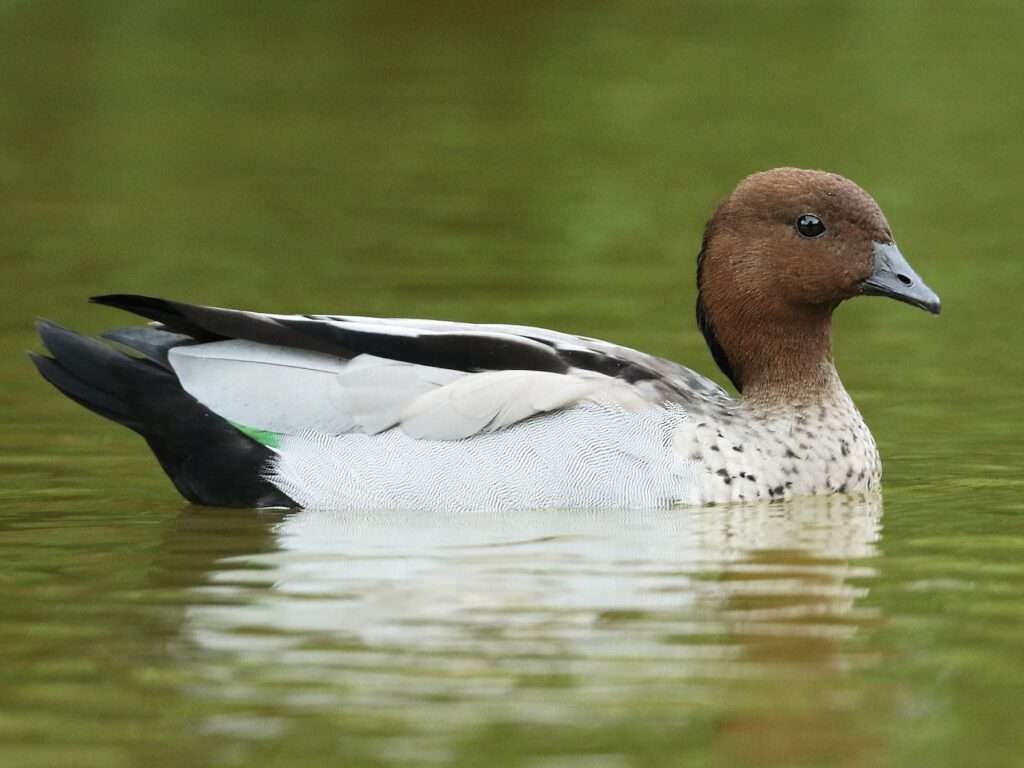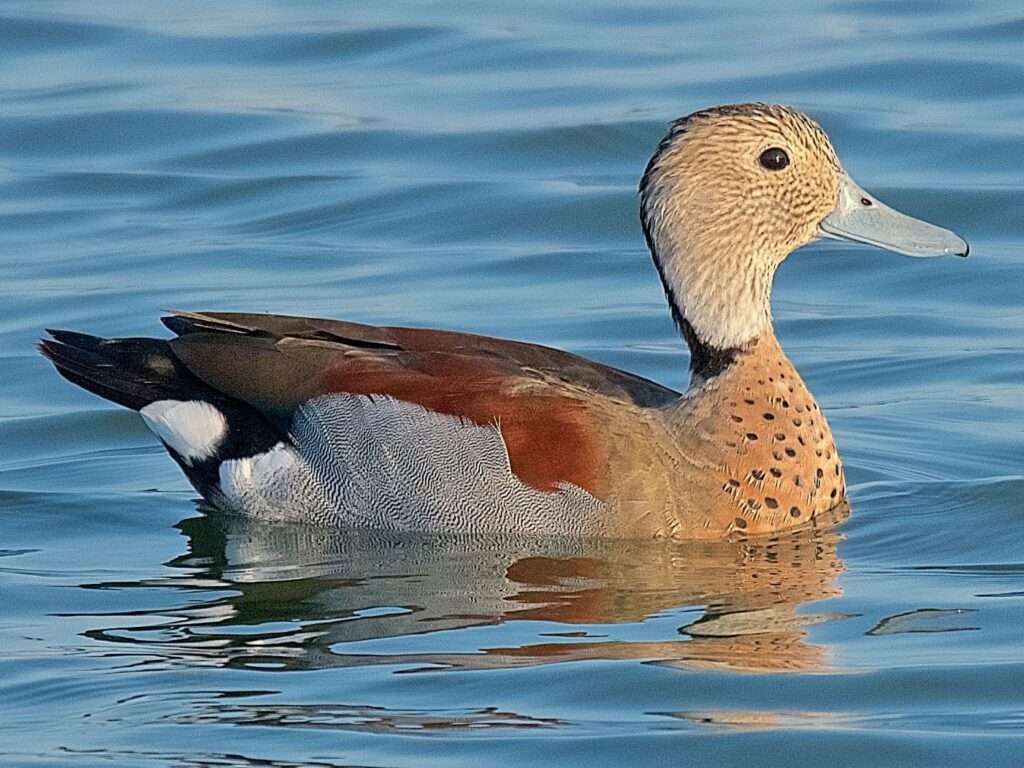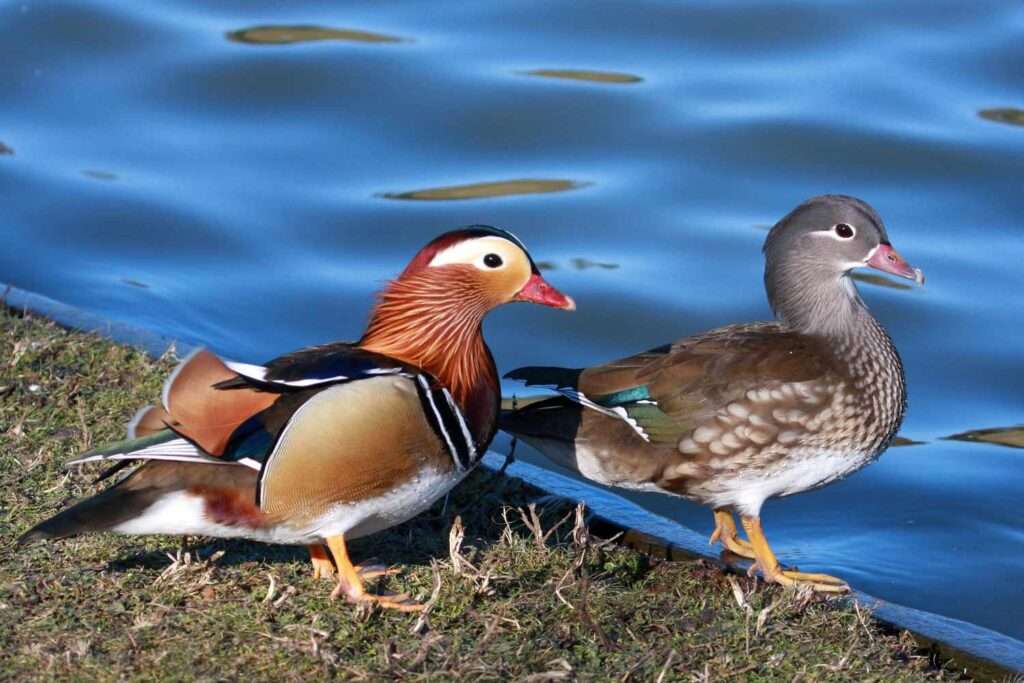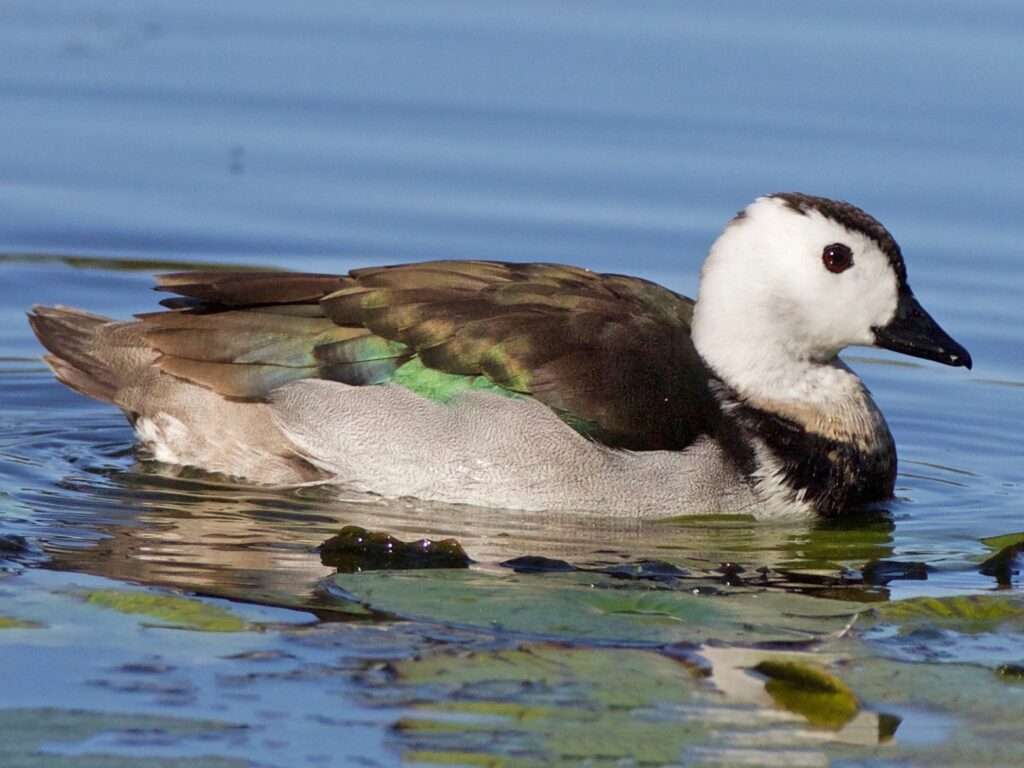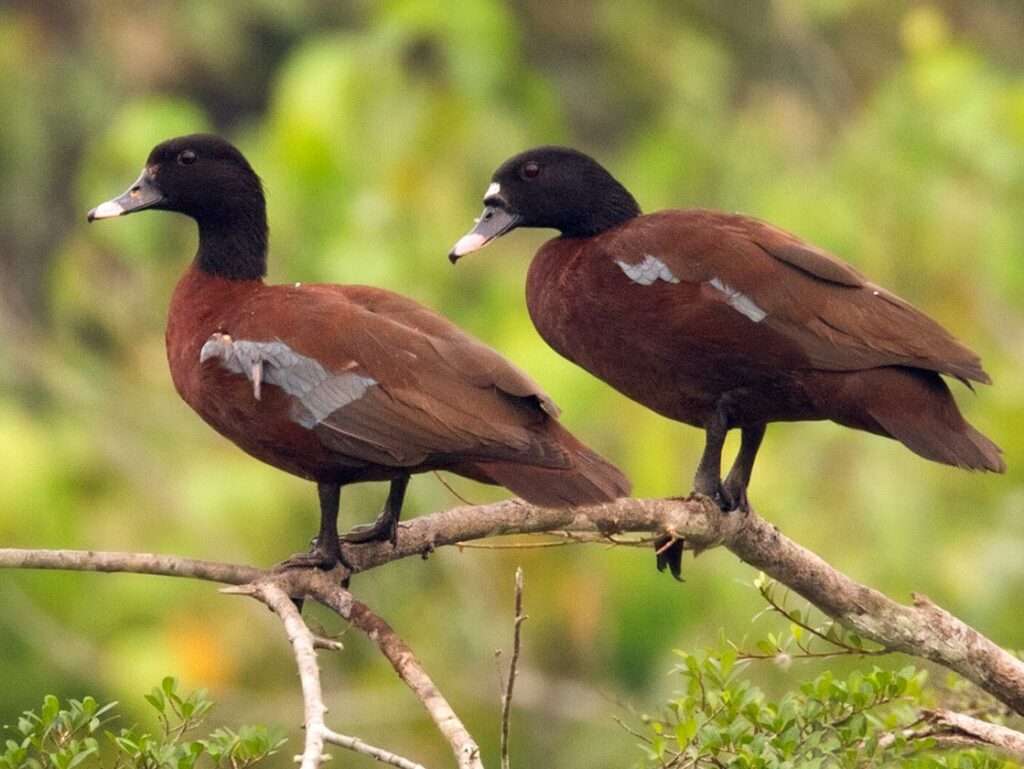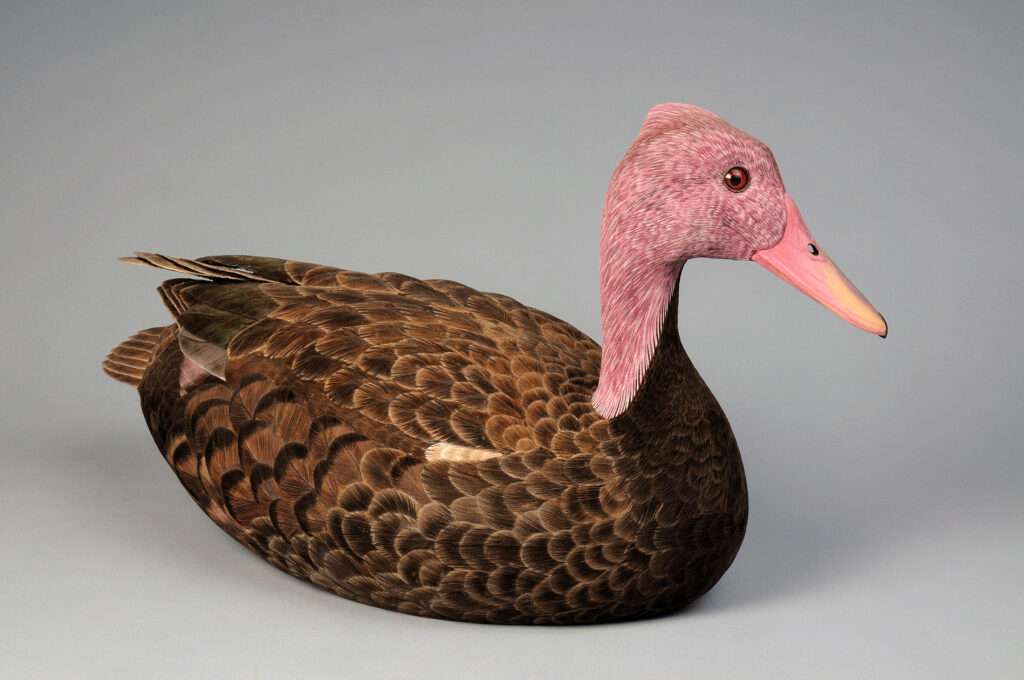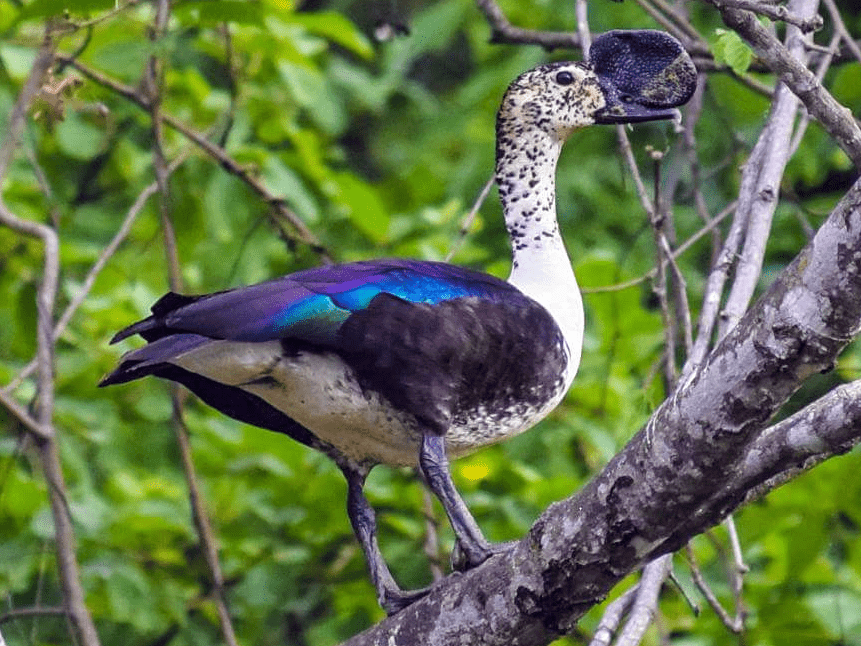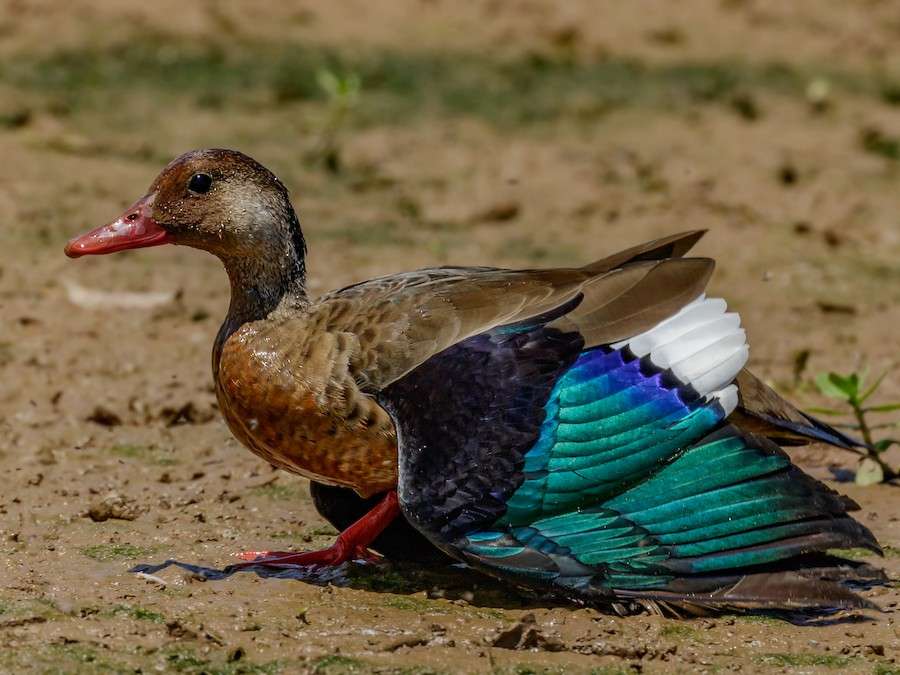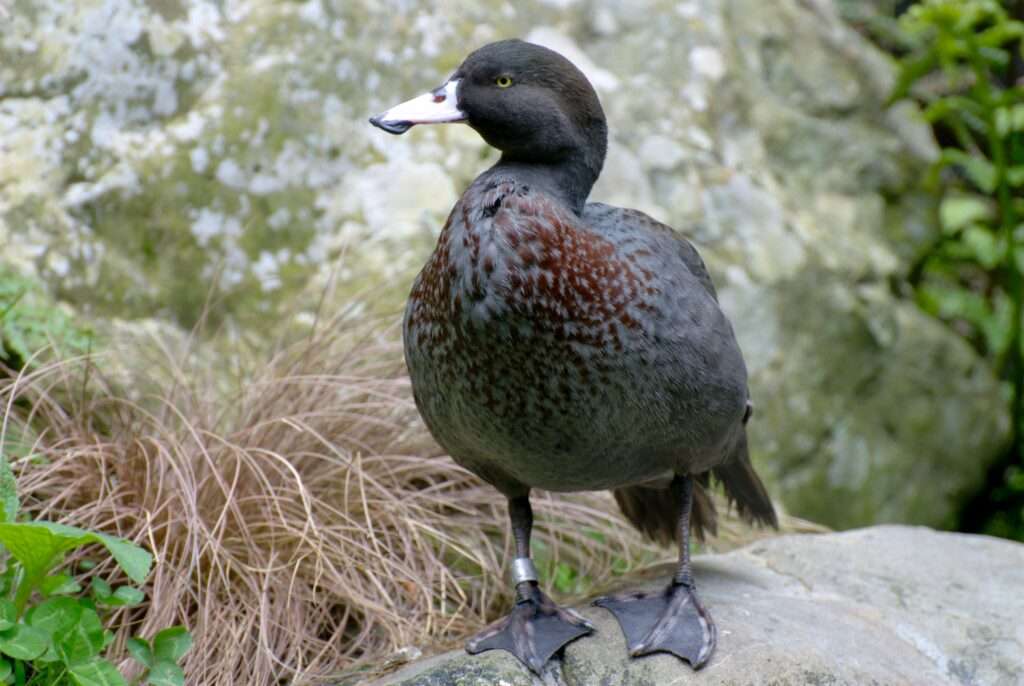Maned Duck
The Australian wood duck, also known as the maned duck or maned goose (Chenonetta jubata), may be found across most of Australia. In the genus Chenonetta, only this one species is still alive. Fun Facts Unwary ANU students frequently depart from overly cautious parents in the spring. Students frequently avoid the species as a result […]


